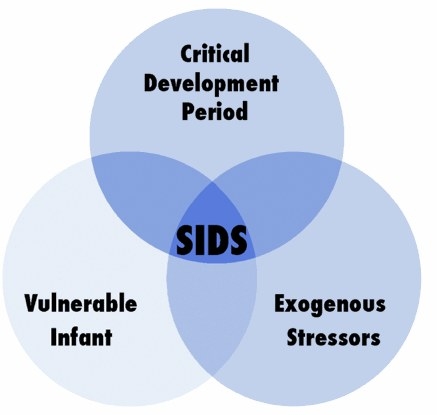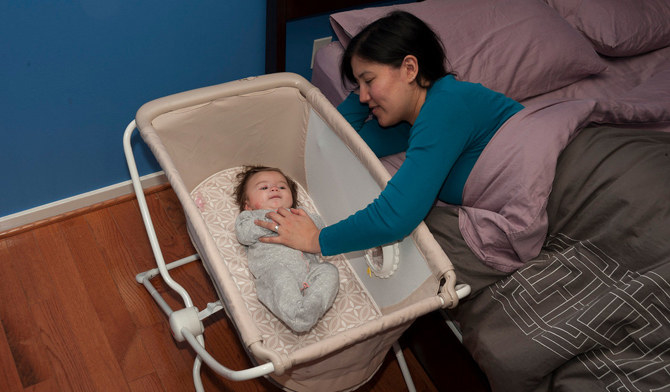After introducing the 1994 "Back To Sleep Campaign" Sudden Infant Death Syndrome (SIDS) deaths have declined by half. But recent polls have shown that parents may not be following those guidelines as closely as they once did.

After an alarming number of posts describing parents bucking protocol on the popular site BabyCenter.com, the site conducted an informal poll to assess how many parents were still following best practices to reduce the likelihood of SIDS.
The numbers were shocking. While most parents were not comfortable admitting to their pediatricians what was happening at home, in the anonymous poll 42% of mothers admitted to putting their infants to sleep on their belly. 43% still practiced the Back To Sleep method. On the board, mother's acknowledged that they knew it wasn't the safest method. But other factors played into their decisions.
What is causing the change?
While not following proven guidelines to decrease SIDS risks may sound insane, physicians around the country are having to give real consideration to the myriad of reasons parent's aren't listening.
1. We Don't Really Know What SIDS is.

2. The safety protocols to protect children from SIDS change frequently...and can get confusing.

3. The breakthroughs in SIDS research show that the syndrome is complex and may happen even when the guidelines are followed.
Last year alone, two medical breakthroughs in SIDS research reported findings that were encouraging to parents. One Australian study showed that babies who died of SIDS had 20% less Orexin levels than normal. Another study linked SIDS to inner ear damage. While both theories explained why tummy sleeping increased chances of SIDS, they also gave parents possible explanations for the disease that allowed them to become more proactive in their doctor's visits, not at home.
4. Breastfeeding encourages co-sleeping.

5. Babies just sleep better on their stomachs.
Face it. Babies sleep much better on their tummies than any other position. For decades, tummy sleeping was how women were taught to put their children down. Parents of infants know that sleep is a precious commodity. Sometimes a rare gem. Sleep deprivation is also one of the key factors believed to cause (or at least aggravate) postpartum depression. It also increases the need for adrenaline to be created (our bodies have to stay awake somehow) making already unstable hormones that much more difficult.
In the past, both immediate and extended families were able to lessen the burden on new parents by staying to help for the first few months of a birth. With rising cost of living, a global economy, and one of the worst maternity/paternity leave programs in the world, parents rarely have the luxury of any help. A baby sleeping on it's stomach could literally be the difference between 5 hours of sleep, and 48 hours with none. Anecdotal evidence of generations never knowing back is best and sheer exhaustion have many parents being a bit more loose when they just need the kid to sleep.
Parent's should not abandon guidelines for SIDS. But more should be dedicated to SIDS research to put everyone at rest.
As long as there are babies, there will be a lack of sleep and breastfeeding woes. But that doesn't have to be the case for SIDS. While parents should not abandon the findings that made SIDS levels drop so substantially, more should be done to help eradicate it all together.
Without more reliable scientific evidence, the Back to Sleep Campaign and SIDS research may become a victim of it's own success.

